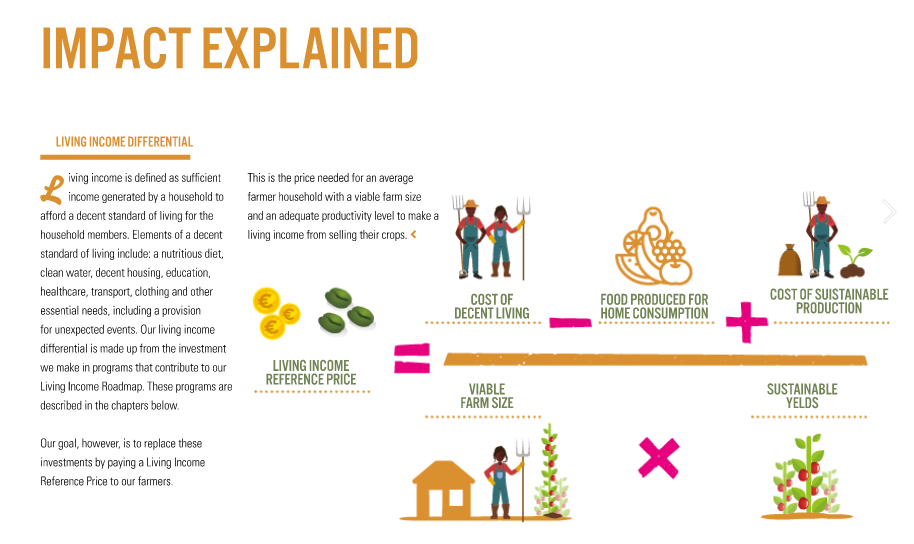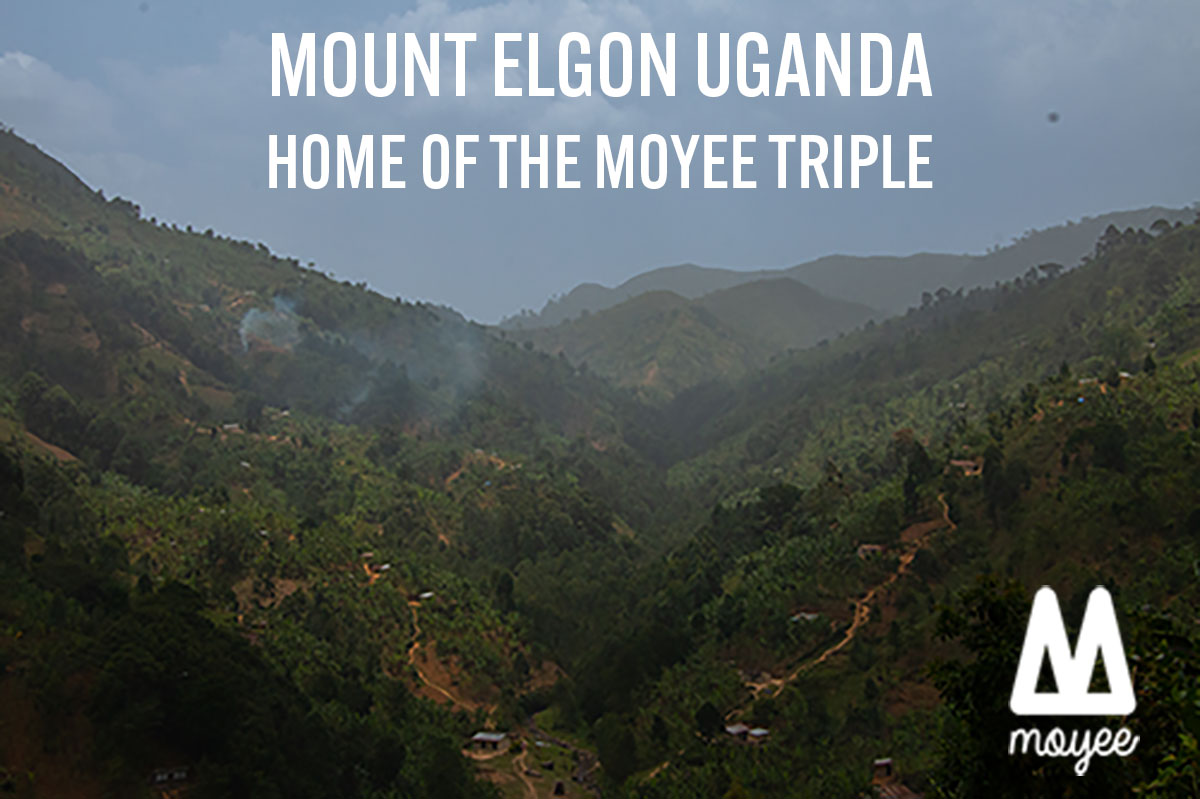Your Cart is Empty
May 27, 2022 4 min read
Guest post by Manon - FairChain Foundation
“This is what I like about the FairChain approach of Moyee. It’s not about turning profit into impact but putting equality in the core of your business model. On farmer level this means Zero poverty, full stop! “
FairChain Future Nobelprize winner
Last month Manon and Jurrian arrived at Mount Elgon, Uganda, famous for growing some of the best Arabica coffee in the world, but also for its poverty, landslides, and climate change struggles. In a series of blogs they will share their adventures on getting the Moyee supply poverty free!
Our objective
Recently Ersin Kiris and Eva Cleven of the Tv series “Prijsknallers” investigated the origins of coffee and discovered how many coffee farmers are still kept small and poor by the powerful coffee industry.
But they also, and rightly so, raised the question why so many impact programs of do-goodnik coffee companies hide the root cause for the need of such support as well.
As Meine van der Graaf of the Future Proof Coffee Collective, of which Moyee is a proud partner, answers to Eva: “is the need for these programs not caused by inequality and low prices in the supply chain in the first place?”.
Find the episode of “prijsknallers” here NPO3.nl (in Dutch)
This is what I like about the FairChain approach of Moyee. It’s not about turning profit into impact but Moyee puts equality in the core of its business model. On farmer level this means zero poverty, full stop!
However, for those thinking that farmer poverty can be solved by rising prices alone we have bad news. A true holistic approach is needed.
Based on years of living income roadmap experience in Ethiopia, Moyee jump started its activities in Kenya with being the first to calculate a living income reference price (LIRP). And since part of the Triple that is roasted in Moyee’s roastery in Kenya comes from Uganda, it’s our task to come up with such a price for Uganda. As the first step toward the True Price of coffee that will also include potential environmental cost of, for example, keeping biodiversity in places.

Quite a trip
After a 7(!!!) hour long bumpy bus ride we have traded the chaotic streets of Kampala for the green oasis of Mount Elgon. In the East of Uganda, bordering Kenya, covered in lush green forest, the slopes of Mount Elgon are home to some of the best Arabica coffee in the world.
And where there is good coffee, there is Moyee! So, here we are: our first footsteps in this coffee region.. With packed bags for the coming months, open minds, and a thirst for fairer coffee.

A warm welcome
With nothing more than a name, we found the building of the coffee cooperative we have been in contact with. Located in Mbale, the largest city in the area, we enter its gates. “Mulembe! You are welcome.” We receive a warm or should we say hot welcome (as we arrive with dripping sweat in 35 degree weather).
We are overwhelmed by the bustling life inside these gates. Dozens of women are sorting coffee, big bags are being weighed, stacked, and prepared for shipping, coffee is being tested in a lab and at the moment we arrive, a board meeting is taking place. We are introduced to Luke, the head of operations and biggest source for all questions and Nimrod, the chairman and host for the coming weeks. Thrilled and honoured to be invited to stay with the wise man, we jump in the car to meet our host family and the farmers we will be working with.
Poverty
Our home (and office) is set in the tropical backyard of Bududa (a small town with 9000 inhabitants), or in other words: far off the beaten mzungu (common word used for white person) track. The fertile volcanic soils of the Bududa area help farmers not only to grow top notch coffee, but also other crops like bananas, beans, maize, cassava and avocados. In 2017, over 80% of the population was involved in farming (UBOS, 2018).
Despite being important providers for our cups of coffee, this area is one of the poorest areas of the country, as around 40% of the population lives in poverty (UBOS, 2018).
Hadijja &Boaz
Signs of poverty are visible while we discover the area by foot, matatu (jampacked minivan) or bodaboda (motorcycle taxis). The farmers that we meet are strong and positively minded! Lawrence, our guide, proudly introduces us to some of the rolemodel farmers in the community.
Hadijja and Boaz, own a small coffee farm together with their husband and wife. We ask them whether coffee provides enough money for their families. “No, not enough.” If they would have enough money, they would not live in a mud house and they would be able to provide high level education for their kids. So what is a good price? we ask. “Double the price we receive now”.. That moment we realize: this is why we are here!


Let’s go!
Meeting Hadijja & Boaz and all those other farmers and hearing about their livelihoods provides the fuel to our engine! In the next month we will start investigating how we can raise income for our coffee farmers and crack our brains on the true price of coffee. Let’s go! Are you – just like us – curious where this coffee journey in Uganda will head? Keep reading our blogs.
Wanjala (thank you),
Manon & Jurrian
April 21, 2025 4 min read
Brewing exceptional coffee at home is both an art and a science. Whether you're new to home brewing or an experienced coffee lover, having the right beans, equipment, and techniques will elevate your daily cup.
April 21, 2025 3 min read
The coffee industry has long been marred by economic disparities, with a significant portion of profits accruing to consuming countries, leaving producers with minimal returns. Moyee Coffee seeks to address this imbalance through its commitment to ethical sourcing and the FairChain model, ensuring that value addition benefits coffee-producing nations.
April 21, 2025 5 min read
Exploring new coffee recipes can elevate your home brewing experience, offering a variety of flavors and styles to enjoy. Here's a guide to some must-try recipes, a detailed method for crafting the perfect latte, and insights into the differences between iced coffee and cold brew.



